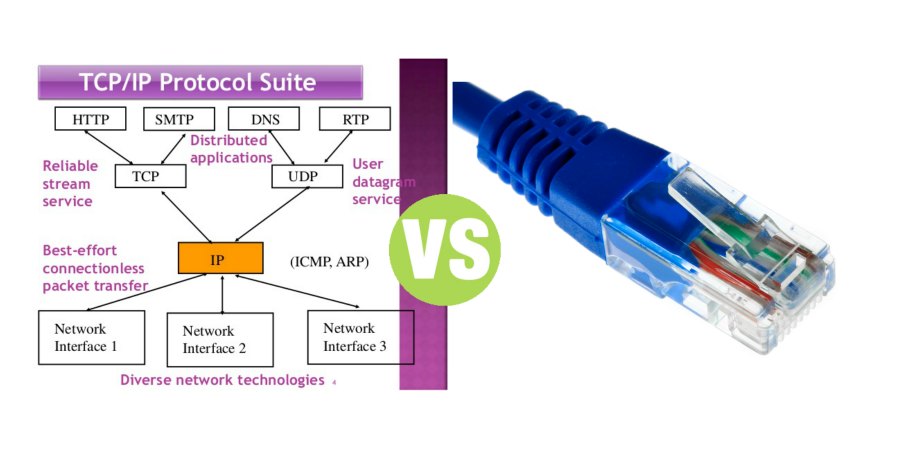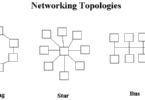TCP/IP vs Ethernet
Summary: Difference Between TCP/IP and Ethernet is that TCP/ IP describes rules for dividing messages into small pieces, called packets; providing addresses for each packet; checking for and detecting errors; sequencing packets; and regulating the flow of messages along the network. While Ethernet is a network standard that specifies no central computer or device on the network (nodes) should control when data can be transmitted; that is, each node attempts to transmit data when it determines the network is able to receive communications.

TCP/IP
Short for Transmission Control Protocol/Internet Protocol, TCP/ IP is a network standard, specifically a protocol, that defines how messages (data) are routed from one end of a network to the other. TCP/ IP describes rules for dividing messages into small pieces, called packets; providing addresses for each packet; checking for and detecting errors; sequencing packets; and regulating the flow of messages along the network.
TCP/ IP has been adopted as a network standard for Internet communications. Thus, all hosts on the Internet follow the rules defined in this standard. Internet communications also use other standards, such as the Ethernet standard, as data is routed to its destination. When a computer sends data over the Internet, the data is divided into packets. Each packet contains the data, as well as the recipient (destination), the origin (sender), and the sequence information used to reassemble the data at the destination. Each packet travels along the fastest individual available path to the recipient’s computer via communications devices called routers.
Ethernet
Ethernet is a network standard that specifies no central computer or device on the network (nodes) should control when data can be transmitted; that is, each node attempts to transmit data when it determines the network is able to receive communications. If two computers on an Ethernet network attempt to send data at the same time, a collision occurs, and the computers must attempt to send their messages again.
Ethernet is based on a bus topology, but Ethernet networks can be wired in a star pattern. The Ethernet standard defines guidelines for the physical configuration of the network, e.g., cabling, network cards, and nodes. Today, Ethernet is the most popular LAN standard because it is relatively inexpensive and easy to install and maintain. Ethernet networks often use cables to transmit data.
Also Read:
Difference Between Ethernet and WiFi
Difference Between Token Ring and Ethernet
Difference Between Ethernet and LAN
Difference Between TCP/IP and HTTP







Leave a Comment
You must be logged in to post a comment.